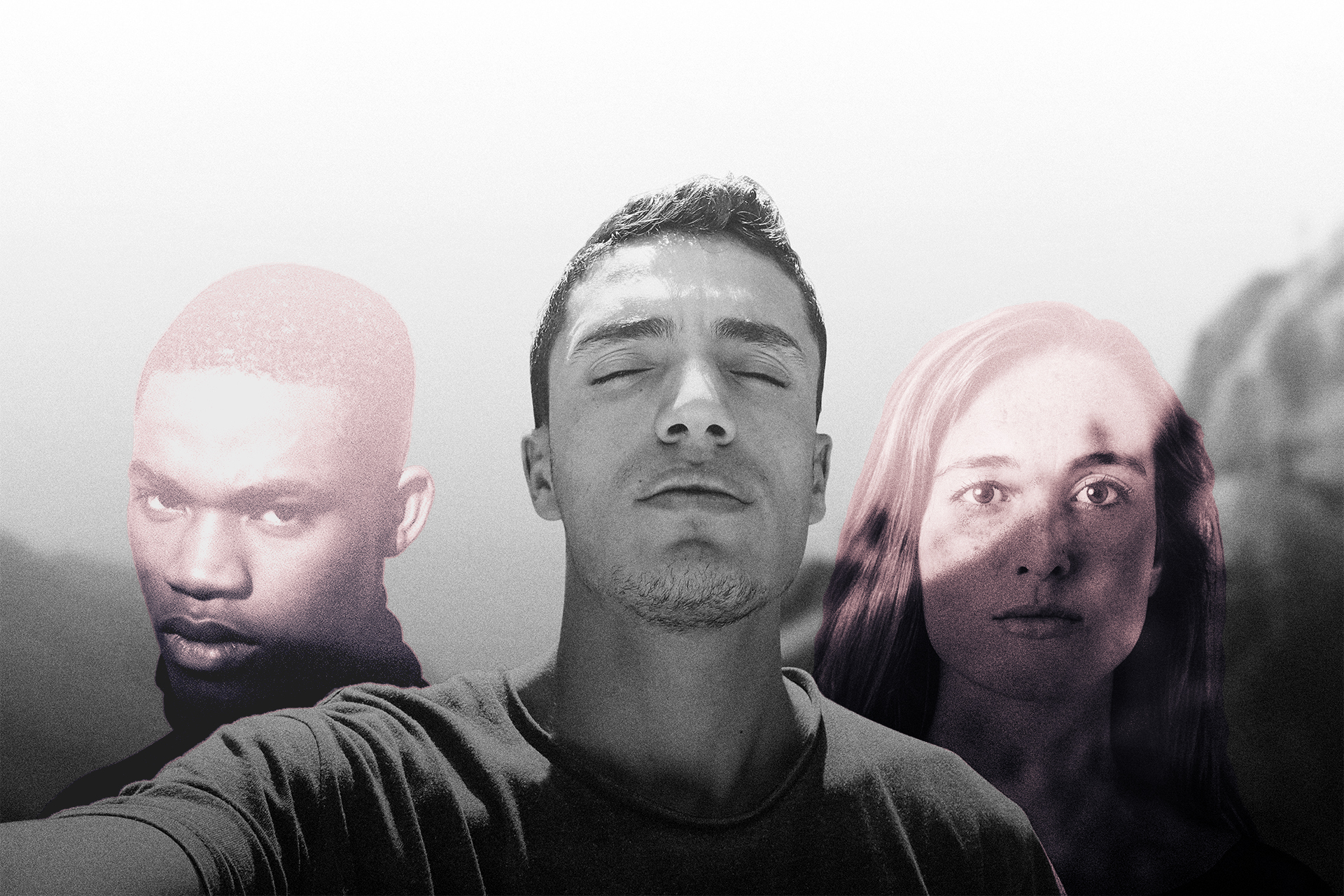In the spring of 2017, a shocking piece of news popped on my morning news screen – two UN staff members, Zaida Catalán and Michael Sharp, a Swede and an American, had been killed in the central province of Kasai of the Democratic Republic of Congo. They were kidnapped along with three Congolese drivers and an interpreter, and two weeks later, Catalán’s and Sharp’s bodies were found. Catalán had been decapitated.
Out of the horrific news I read daily, this one lived on both in the public eye and within my mind. But why this news in particular? Was it because I was preparing to embark on my first field office location as a UN staff member that spring? Or was it because Catalán was a Swede and I am a Finn, hence this event hit close to home? The broader issue here, obviously, is what enabled something to touch me on a personal level, while other manifestations of violence or misery remains ‘out of sight, out of mind’.
Catalán’s and Sharp’s dreadful ends raised waves of media attention.[1] Less is known internationally what happened to their three Congolese drivers and interpreter. Also, few would be able to connect the place and time of Catalán and Sharp’s disappearances with the decapitation of more than 40 Congolese police officers.[2] Further, perhaps even fewer could point out the decades of ongoing atrocious violence and mass graves in the region, tracing back to Rwandan genocide and beyond.

Attacks against aid workers is increasing alongside the politization of their participation and motives. The most recent Aid Worker Security Report from 2019 states that the reporting year of 2018 was the second worst year on record for aid worker security. In 2018 alone 405 aid workers were affected by major violence: 131 were killed, 144 wounded and 130 kidnapped.[1] Contradictory to the media spotlight, the majority of the victims of these attacks were national staff members of the UN organizations and non-governmental organizations and received little international attention.[2] The Aid Worker Security Report continues:
“National staff, always the majority of victims in absolute numbers, now also experience increased attack rates and fatality rates per capita relative to international staff, reflecting increased localisation of aid in high-risk areas.”[3]
Why is it then fairly easy for me to recall and write about an event affecting international staff members over three years ago in contrast to something more recent with national staff members?

[1] See, for example, the statement by the United Nations Secretary-General at https://www.un.org/sg/en/content/sg/statement/2017-03-28/statement-secretary-general-death-two-members-group-experts, the Human Rights Watch at https://www.hrw.org/news/2017/03/28/dr-congo-bodies-two-un-experts-found, the New York Times at https://www.nytimes.com/2017/05/20/world/africa/congo-zaida-catalan-michael-j-sharp-united-nations-democratic-republic-of-congo.html, Foreign Policy at https://foreignpolicy.com/2018/11/27/congolese-cover-up-un-congo-murder-zaida-catalan-michael-sharp/ and the Amnesty International at https://www.amnesty.org/en/latest/news/2018/11/drc-un-must-investigate-disturbing-cover-up-claims-over-murders-of-experts/.
[2] See the Guardian at https://www.theguardian.com/world/2017/mar/26/congolese-militia-decapitates-more-than-40-policemen-as-violence-grows.
[3] Humanitarian Outcomes, Aid Worker Security Report 2019, available at https://www.humanitarianoutcomes.org/sites/default/files/publications/awsr_2019_0.pdf
[4] Foreword by Egeland, J. in Weiss, T. G., & Barnett, M. (2013). Humanitarianism contested: Where angels fear to tread. Routledge.
[5] Humanitarian Outcomes, Aid Worker Security Report 2019, p. 2.
[6] With this concept I refer to the mode of humanitarianism represented by its classical actors, such as the IFRC and Médecins Sans Frontières (MSF), who defend the ethical terms and neutrality of their practice. Comparatively, new forms of humanitarianism can be seen strictly instrumental toward desired outcomes, such as introducing democracy and overthrowing oppressive groups, see for example Mascarenhas, M. (2017). New humanitarianism and the crisis of charity: Good intentions on the road to help: Indiana University Press.
[7] In the field of humanitarian studies, I am not, by any means, the first or the last to affiliate to Arendt. Some contemporary examples include Owens, P. “Hannah Arendt, Violence, and the Inescapable Fact of Humanity”, in Anthony F. Lang Jr and Williams, J. (eds). Hannah Arendt and International Relations: Readings Across the Lines, Palgrave, London, 2005; Young, I. M. “Power, Violence, and Legitimacy: A Reading of Hannah Arendt in an Age of Police Brutality and Humanitarian Intervention”, in Minow, M. (ed.) Breaking the Cycles of Hatred: Memory, Law, and Repair, (2002): 260-287, and Weizman, E. The Least of All Possible Evils: Humanitarian Violence from Arendt to Gaza. Verso Books, 2011.
[8] Arendt herself addresses this issue only on rare occasions, rather, numerous similar references to human rights can be found in the publication.
[9] Arendt, H. (2004). The Origins of Totalitarianism. New York: Schocken, p. 209.
[10] Ibid, p. 202.
[11] Ibid, p. 185.
[12] Ibid, p. 189.
[13] Ibid, p. 242.
[14] Barnett, M. (2011). Empire of Humanity: A History of Humanitarianism. Ithaca: Cornell University Press.
[15] Arendt, H. (2004). The Origins of Totalitarianism. New York: Schocken, p. 163.
[16] Asad, T. (2007). On Suicide bombing. New York: Columbia University Press.
[17] See for example Human Rights Watch, available at https://www.hrw.org/news/2017/03/28/dr-congo-bodies-two-un-experts-found.
[18] I claim that here an intersectional connection to gender can be found; similar to male gender in the spectrum of genders, whiteness in the spectrum of races is “not an identity, not a particularizing quality, because it is everything”. Haywood, C. and Mac an Ghaill, M. 2003. Men and masculinities: Theory, research and social practice. Buckingham: Open University Press, p. 103.



